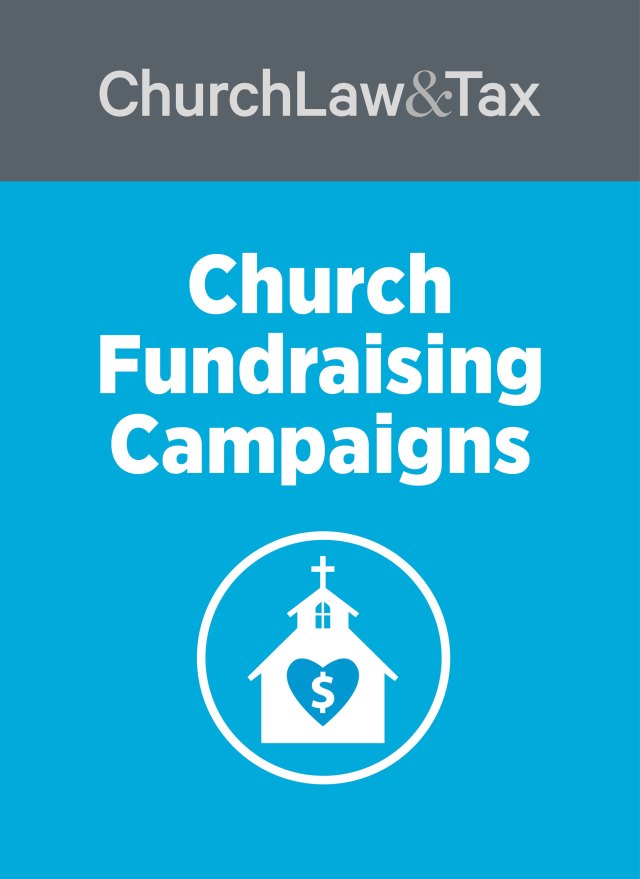Individual giving took a hit in 2018, with a decline from the previous year of 1.1 percent (or a decrease of 3.4 percent when adjusted for inflation), according to Giving USA 2019: The Annual Report on Philanthropy for the Year 2018—a highly anticipated study produced by Giving USA Foundation in partnership with the Indiana University Lilly Family School of Philanthropy.
Further, in spite of giving by individuals as a category achieving its third-highest dollar amount on record (adjusted for inflation), its percentage of total overall giving dropped by 2 percent, down to 68 percent in 2018 from 70 percent in 2017, stated a Giving USA press release.
“This year is the first time giving by individuals has fallen below 70 percent of overall giving since at least 1954,” the Giving USA report stated.
For churches, this development is significant since giving primarily comes from individuals by way of the collection plate or a congregation’s giving app. This dip in individual giving most likely affected religious giving, which was down in 2018. “Giving to religion declined 1.5 percent between 2017 and 2018, with an estimated $124.52 billion in contributions,” the report said. “Inflation-adjusted giving to the religion subsector declined 3.9 percent in 2018.” The report further stated, “This is the first time that giving to religion has fallen below 30 percent of overall giving.” Even so, the report also noted that religious organizations “received the largest share of charitable dollars in 2018, with 29 percent of total giving.”
The drop in individual giving may be, in part, attributed to changes in tax policy late in 2017 that doubled the standard deduction.
“More than 45 million households itemized deductions in 2016,” the press release stated. “Numerous studies suggest that number may have dropped to approximately 16 to 20 million households in 2018, reducing an incentive for charitable giving.”
(Note that expert opinions vary on how much tax reform has—and will continue to—affect giving to churches. For specific insights, see “Integrating Tax Reform for 2018—and Beyond.”)
Other categories of charitable giving—including giving to education and foundations—also declined in 2018. All of this amounted to a total giving decline of 1.7 percent (adjusted for inflation), the press release said.
There were, however, some categories that demonstrated growth. “Giving to international affairs [such as 501(c)(3) organizations that do overseas relief work] is estimated to have increased by 9.6 percent (an increase of 7.0 percent adjusted for inflation), to $22.88 billion,” the press release stated. “Giving to environment and animal organizations is estimated to have increased 3.6 percent (an increase of 1.2 percent adjusted for inflation), to $12.70 billion.”
Additionally, giving by foundations “had a record breaking year” and corporate giving “experienced solid growth in 2018.” To explain the corporate increase, the press release said, “This type of giving is highly responsive to changes in corporate pre-tax dollars and GDP, and its year-over-year trend lines tend to be more turbulent as a result.”
During a press conference hosted Tuesday prior to the release of the report, representatives of Giving USA Foundation and Lilly Family School of Philanthropy stressed that complexities fueled a number of shifts in giving.
“The climate for giving was far more complex in 2018 than in most years,” said Rick Dunham, chair of Giving USA Foundation. “This included shifts in tax policy and the volatility of the stock market. . . . Because 2018 was so complex, we’re not quite sure of the full implications of the Tax Cuts and Jobs Act. I would say, over the next 12 to 18 to 24 months, we are going to get a lot more clarity on the actual impact.”





